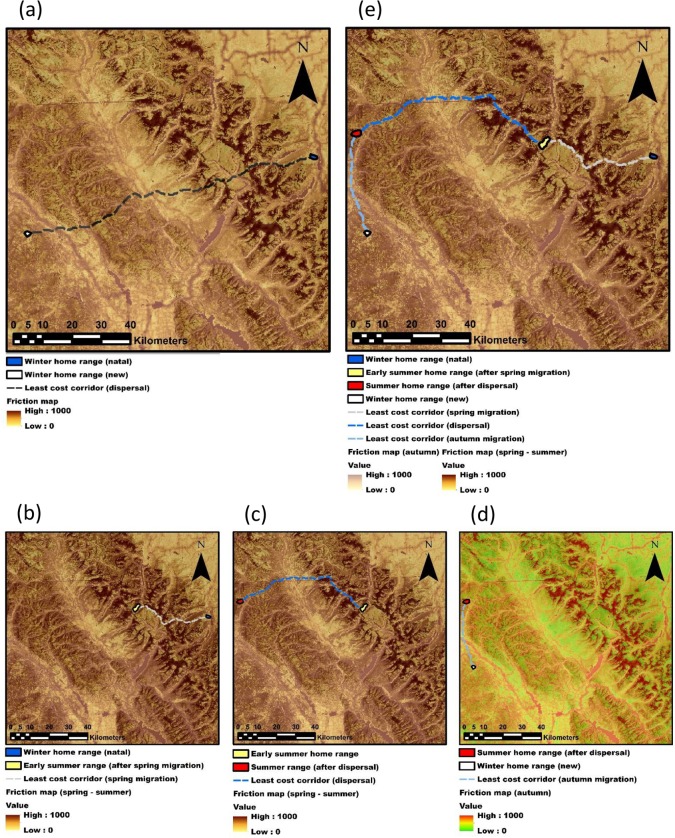Fig 1. Conceptual figure illustrating the rationale behind the approach described in this study.
The example refers to the identification of a wildlife corridor connecting two core areas, i.e., a hypothetical elk winter range and a new one reached after a dispersal event. Typical connectivity models (a) would depict the least cost corridor connecting the two areas, which is the most likely path given a friction map on the background. Our approach highlights the importance to implement behavioural ecology (in this case, dispersal ecology) into connectivity modelling science. A young male elk usually migrates during late spring—early summer with the mother’s group, moving from the natal winter range to the early summer range (b). During summer, the young elk may disperse to a new suitable summer home range (c), and, in autumn, eventually move to the new winter range (d). If the animal will adopt the migratory strategy, then it will periodically migrate between the new winter range and the new summer range (d). Implementing dispersal ecology into connectivity modelling means combining a sequence of migratory and dispersal movements (e, resulting from b + c + d), which suggests a very different potential wildlife corridor (e) compared to the one predicted by simply connecting the two winter ranges (a).

